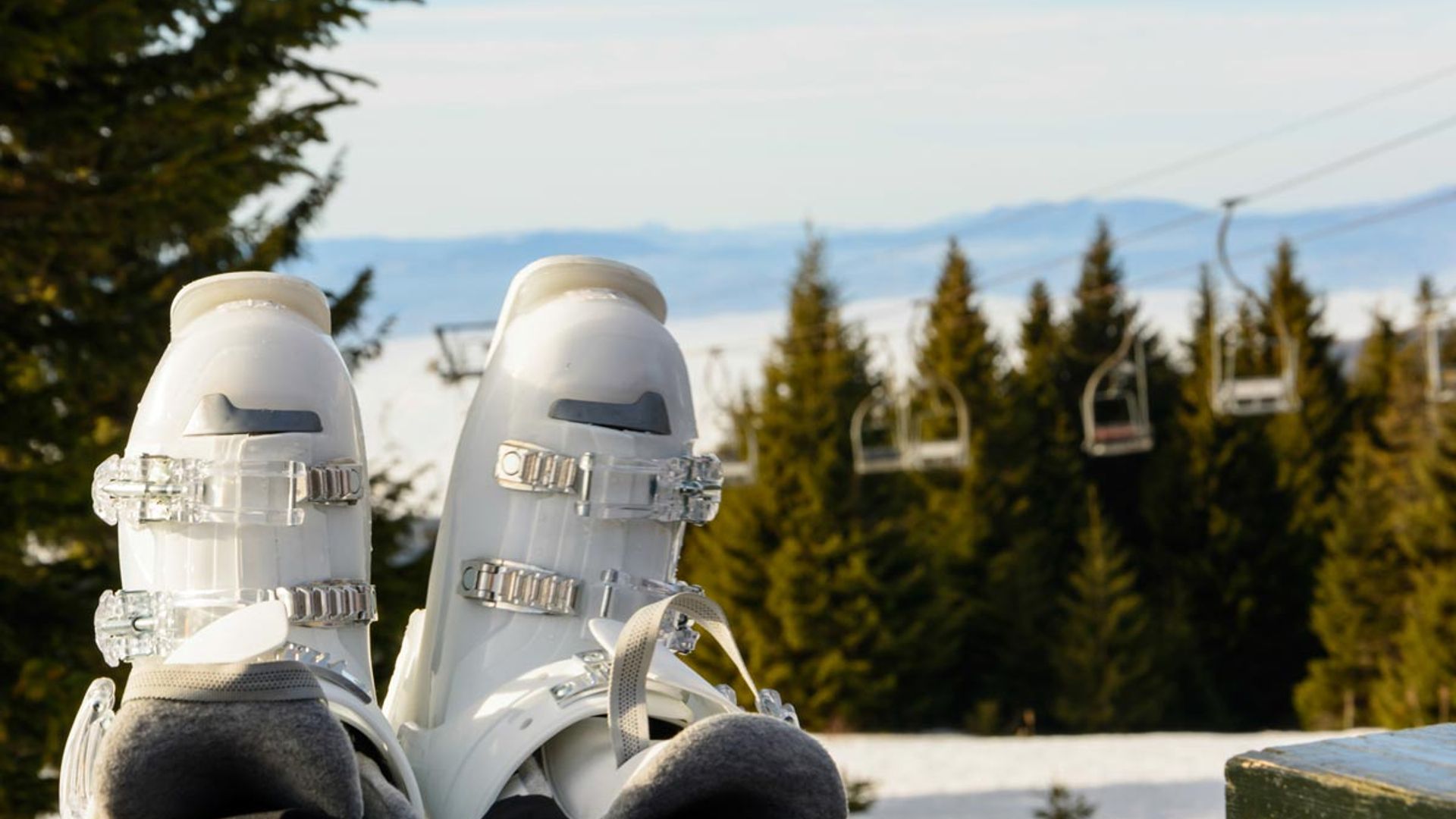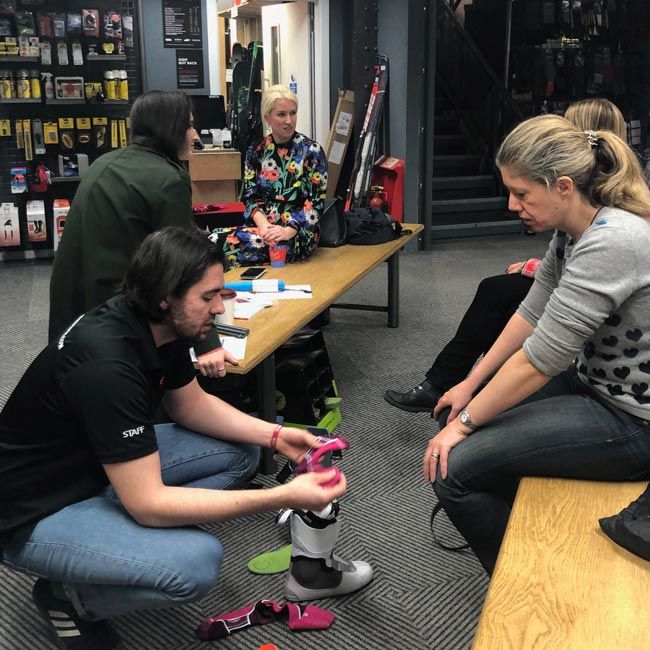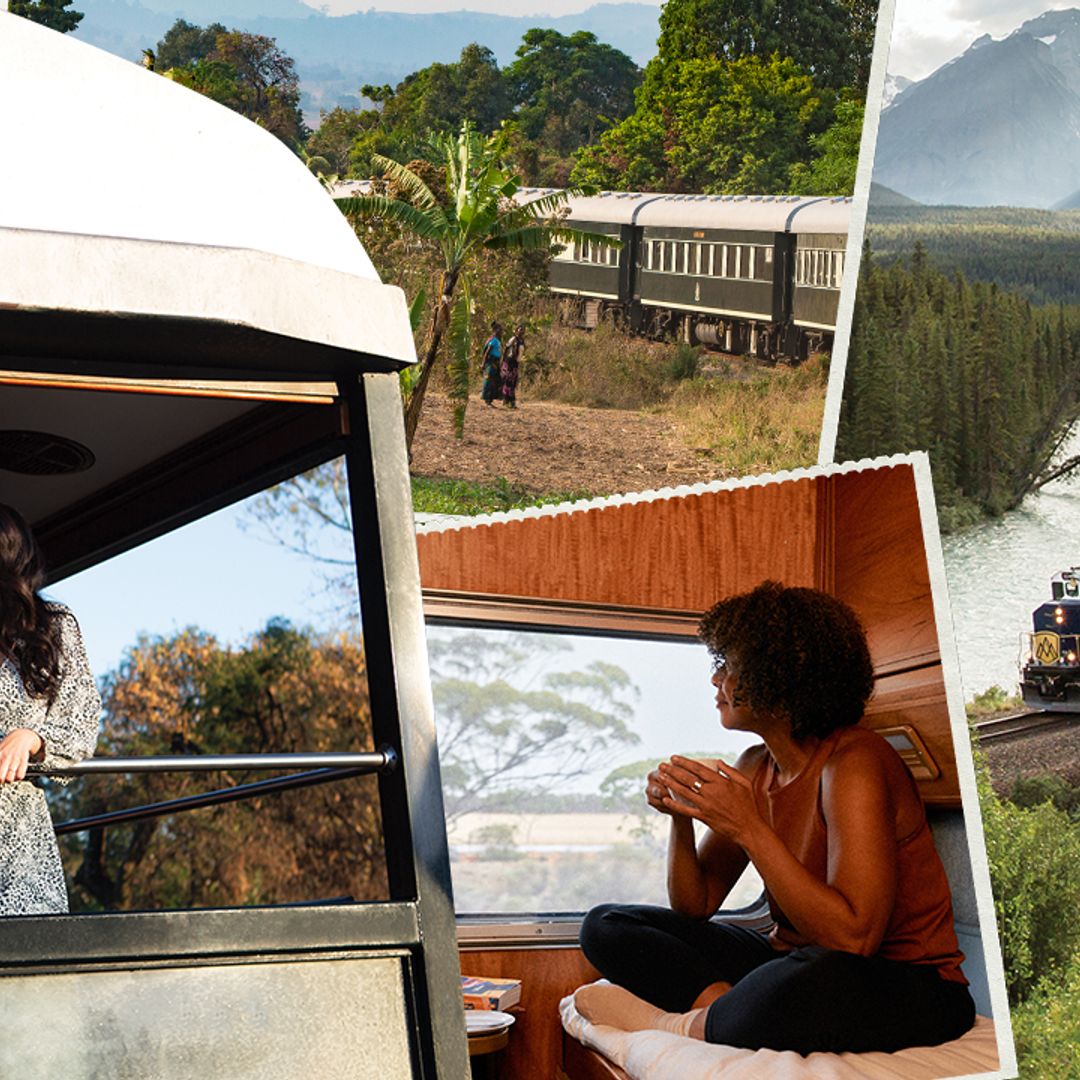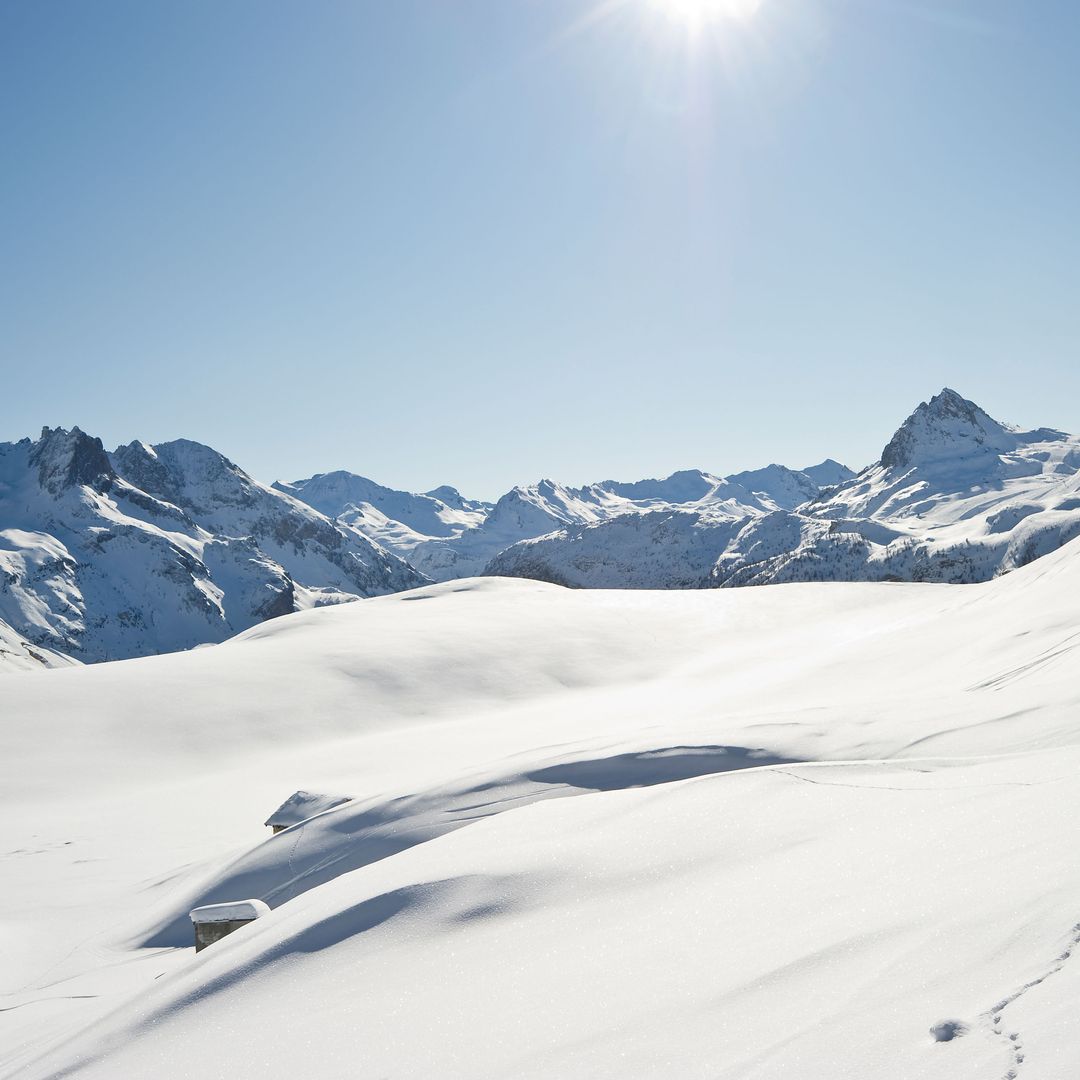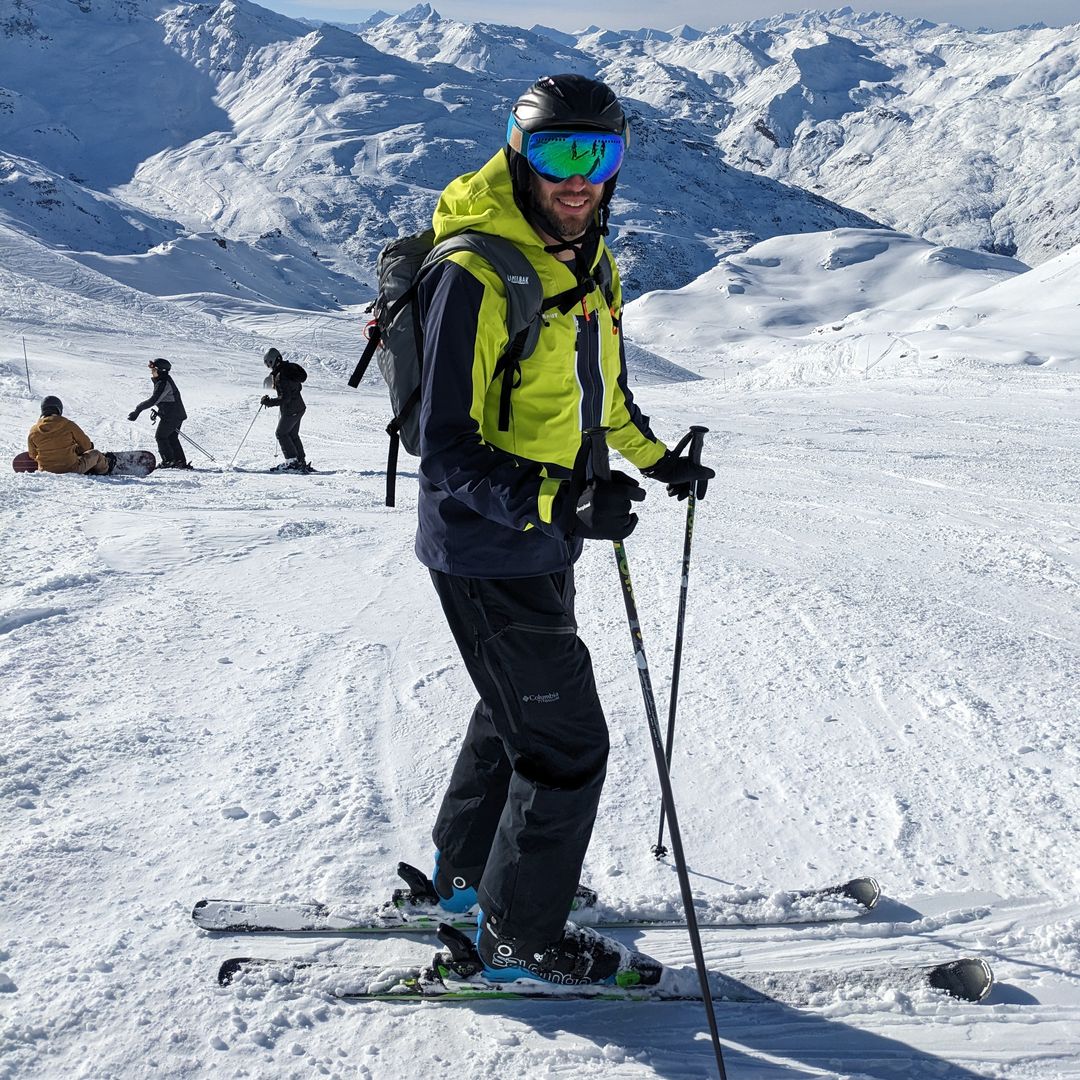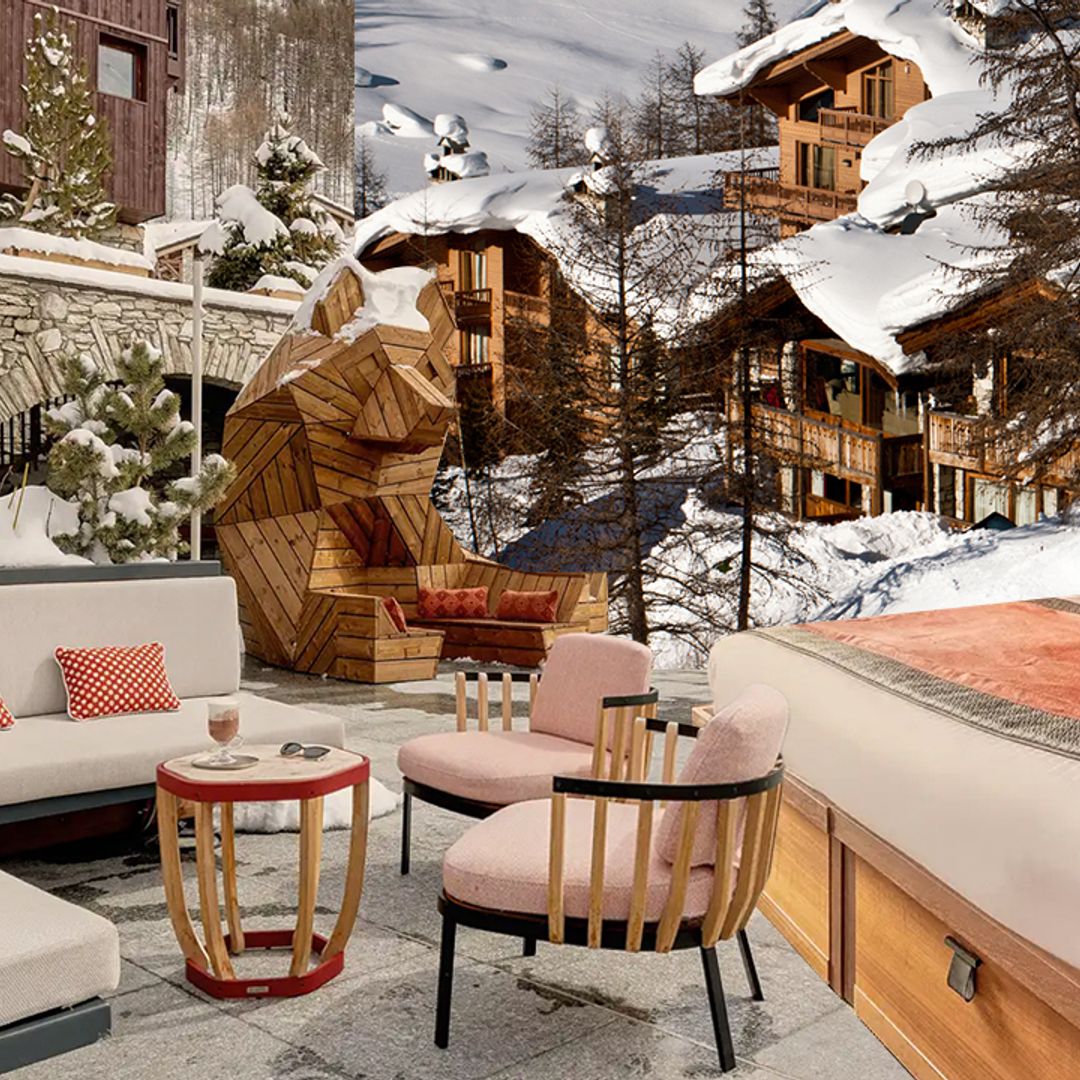I’d been thinking about getting some ski boots of my own for some time – we ski every year and each time, I spend the first couple of days adjusting to new hire boots and worrying whether they’re too big or too small. But it’s a big leap to invest money in pair of boots you’ll only wear once a year. And the bigger leap is to work out where on earth to buy them.
Should you buy ski boots at home or in resort?
Is it better to buy them at home – I’m in London so there are plenty of specialist ski shops offering fitting services and end of season deals. Or is it safer to buy them in resort? At least then, if something feels off, you have someone to go back to and get adjustments made. But the added expense of buying anything on a mountain (I shiver at the price of a packet of pasta, let alone a pair of ski boots) has always stopped me in my tracks.
MORE: Skiing in Gstaad
My invite to test out Snow+Rock’s ski boot fitting service was therefore very well timed, and I decided with the benefit of over 30 years' of experience, I was likely in safe hands. Even so, I found the entire idea still very daunting. What if I made a mistake? What if I didn’t like them when I was on the slopes? I’m usually quite an impulsive shopper so this felt scary.
What's the ski fitting process like?
The first part in the process is to fill in a questionnaire about your level of skiing and your desire (or not) for speed. Your fitter then gets you to take your shoes and socks off (at this point I wished I’d gone for a pedicure) and inspects your size, shape and foot disfigurements carefully. He was very observant; I do indeed overpronate and have running shoes to correct this. It had never crossed my mind that this could be an issue for skiing but apparently custom footbed correcting this in my ski boot would revolutionise my turns.
Learning there is a lot to talk about - even just about ski socks
I have the startings of a bunion (thanks mum!) on my right foot – which we could definitely work around. And my slim ankles in comparison with my huge calves (he didn’t put it like this but that’s how I see it) meant certain boot types would never work. I was given a few pairs to try on and, after selecting the ones that didn’t stop circulation in my feet, I was left to stand in them for a bit.
The next stage was the fitting of the custom footbeds – a process that involves standing on two nice warm blue cushions which mould to the insoles to the exact contours of your foot. At the final fitting I felt concerned things were too snug. I know that ski boots are supposed to fit tightly, and I know I usually opt for too much room on the slopes but this felt suffocating, so the liners were stretched.
Feeling a little comfier, I returned home. Howevern, after watching TV for a few nights in my new boots as advised, I became convinced they were a size too small. The great thing about this service is the comfort guarantee – so I took them back and expressed my fears. Sticks were poked down by the shells of my boot at the heel and various things were pushed and stretched until it was confirmed by two different fitters that these were indeed the right size – I was on the edge of a snug fit but the size above would be far too loose.
MORE: 12 must-see landmarks in the world for 2019
I left the boots overnight so the hard plastic shell could be heated up and stretched out a little further. It seems silly to be so het up about the fitting of a boot, I think it’s because they feel so unfamiliar and it’s very hard to sense exactly what the boot will feel like while you’re actually skiing.
But the proof was in the pudding, and after a few day’s skiing in my new gear, I was relieved to discover it really was true. The liner adapts to the shape of your foot, and a snug fit (plus an insole to correct my overpronation) made my skiing far smoother. By the end of the week I didn’t need to to even open my boots up at lunch time - they were snug but comfy. And if my bunion gets any bigger it’s no problem – the hard plastic of the shell can be blown out slightly in that area to accommodate it.
